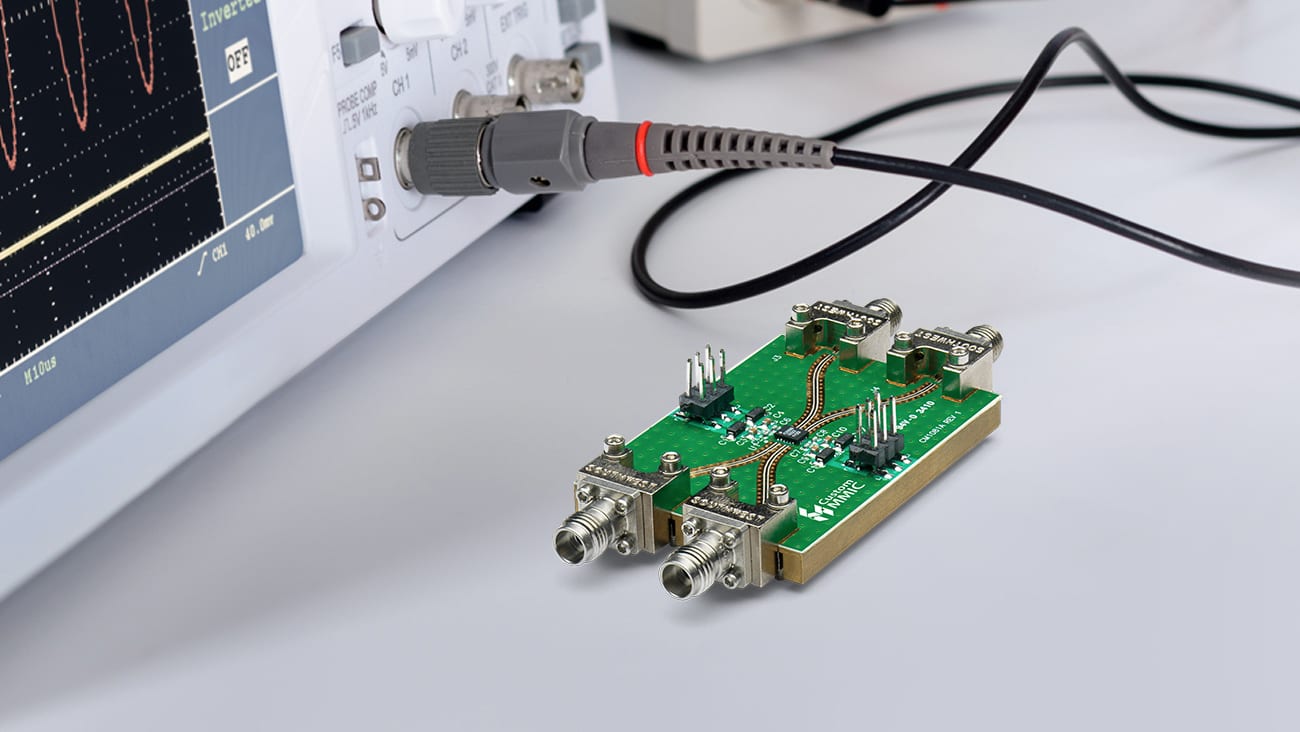EMI shielding products are designed to protect electronics from the effects of interfering energy waves. But what happens when you use your equipment in an extremely damp environment? In such a situation, your priority should be to make your EMI shielding products corrosion-resistant. Rust or material deterioration will affect device performance due to high-frequency emissions interfering with your electronic gadgets. Here are a few ways to protect your equipment from corrosion:
Consider Surface Treatment
Paint or plate your electronic enclosures. It is essential to prevent corrosion, oxidation, rusting, and tarnishing. Maintain application aesthetics. When it comes to the flange surfaces, they require finishing for maximum protection against corrosion. There are a few factors to consider when employing finishing. You must ensure maximum shielding efficiency through corrosion-resistant and electrically conductive materials. You will require an additional coating for protecting shielded products from being corroded in high humidity surroundings.
Pick out Quality EMI Gaskets
Choose the right gasket material that can cut back the variation in electrochemical potential in relation to the metal structure. It helps to decelerate the corrosion process through a lower galvanic current. Opt for elastomeric gaskets that come with filler particles. The material will ensure both corrosion resistance and EMI shielding when exposed to metal. Use silver-plated copper, pure silver, and silver-plated aluminum fillers to ensure corrosion resistant EMI protection.
Opt for Additional Moisture Sealing
Spray or salt fog acting as an electrolyte may corrode your shielding materials. This is the reason why designers require secondary moisture sealing to get rid of it. To prevent corrosion in aircraft applications, a seal-to-seal design is the preferred choice of EMI shielding engineers. Similar gasket materials are used in every mating flange. Non-conductive sealers are used to stop water from seeping into your shielded products.
Choose the right EMI gasket material for protection against water, fog, or salt spray. The use of conductive coating and an additional moisture seal will keep corrosion under control for improved shielding effectiveness. If you want to learn more about our products, contact us today. -LeaderTechInc.com






